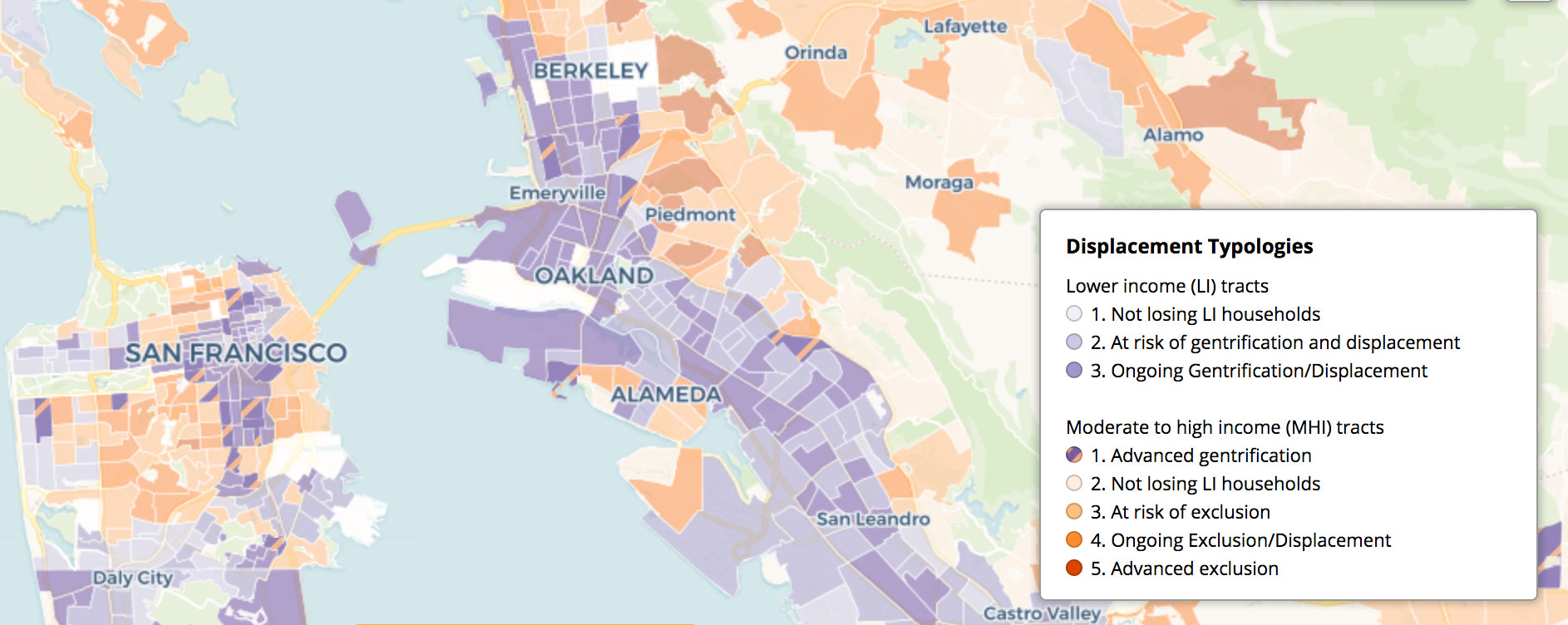As we continue to watch the marketing documentary in class, we have observed different marketing strategies throughout the decades. The documentary has shown a variety of strategies used in the past: focus groups, hiring correspondents who can find the so-called “trendsetters” in teen culture, and paid promotion.
Back in 2017, Pepsi released a short film commercial featuring Kendall Jenner. A protest can be seen for the entire duration of the advertisement, with Kendall Jenner handing a Pepsi to a police officer at the end. Although Pepsi stated that the purpose of the commercial was to promote a “global message of unity, peace, and understanding”, it received large backlash on social media. People claimed that the commercial imitated protests in the Black Lives Matter movement and that Kendall Jenner’s exchange with the officer was a direct reference to Iesha Evans during a protest in Baton Rouge.
Pepsi was accused of appropriating a racial protest movement to promote their brand, and people believe that the commercial dismisses the urgency of the issues and seriousness of the original protests.
On the other hand, Coca-Cola came out with a commercial back in 1971 that the public immediately accepted. The ad’s message was to see Coke as a small commonality between people and to bring people together. The company received more than 100,000 letters, listeners called radio stations to hear it, and a new pop version of the song was recorded. This commercial was regarded as one of the most iconic pieces of advertising of all time.
A common marketing strategy is celebrity endorsement. The celebrity effect is where famous people are capable of influencing the public, and they “add credibility” to the product or brand they’re promoting. This strategy is highly effective that gains consumer interest and brand loyalty. However, despite featuring Kendall Jenner, people were still outraged and criticized Pepsi. Coca-Cola recruited strangers to sing in their campaign, and their commercial was a huge success.









